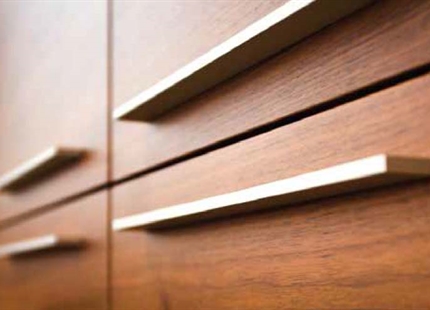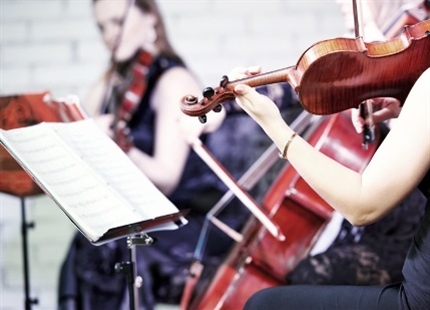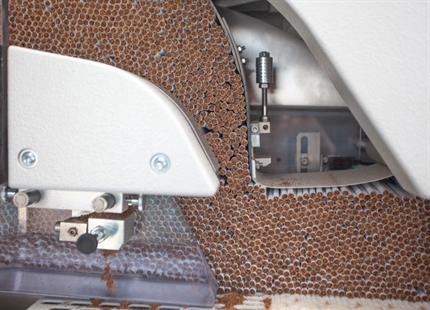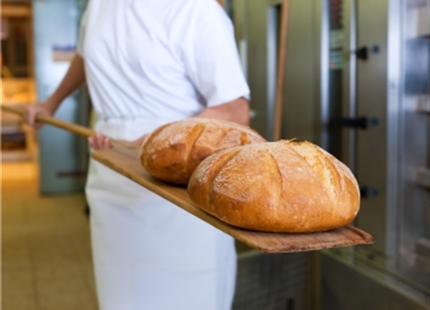-
Alexandra Palace, UK
-
Christ's Hospital School, UK
-
Dusty Strings
-
Opera North's Howard Assembly Room
-
Royal Albert Hall, UK
-
Sydney Opera House, Australia
-
The Royal Opera House, UK

Contact us today to learn more about humidity for Concert Halls...

Why Humidify... For Concert Halls
Concert hall equipment and instruments require close monitoring of humidity in the air surrounding them. This is essential to the preservation of all chambers, wooden sound boards and sliders. Dry air extracts vitality and humidity from the material which damages the object’s sound quality and financial value in the process.
Musicians place a lot of value on quality of their instruments, even if they play music as a hobby, not professionally. In particular, pianos, violins and cellos can be very high quality, and likewise some guitars and wind instruments made of wood are very valuable.
Tonewoods
Pianos and many stringed, plucked and wind instruments are made of precious woods. These are made of “tonewoods” — wood which grow slowly and straight and have particularly good sound properties. Tonewoods are air-dried and stored for many years until all tension in the wood has been released as far as possible. Many different wood types are used, depending on the intended use. A property that they all share is that they are hygroscopic. They contract when they dry out. When they absorb water, they expand. Therefore, high-value instruments are produced in a climate with monitored air humidity and temperature (depending on the manufacturer, generally at 20–22 degrees Celsius and approx. 40–55% relative air humidity). The air humidity to which such an instrument is later exposed and how much time it has to adjust has a major influence on its longevity, playability, sound and, last but not least, its appearance. Musical instruments suffer greatly in excessively dry air. Even if a warm instrument comes in contact with cold air, its surface dries out, because it heats the very air which is absorbing its humidity.
Thin wooden bodies
Indigenous instruments are often made of the bodies of woody fruits — for instance, a pumpkin. European classical orchestral instruments are often made of very thin woods. Whether it be a violin, guitar or a double bass — the finely processed surface of such instruments is often less than 3 mm thick and has a very large surface area. In some cases, different woods are stuck together, sometimes they are fitted with inlays. The different wood types which are incorporated experience varying degrees of contraction. In specialist jargon, the term “shrinkage” is used. Beech has a high degree of shrinkage, while that of mahogany is small. The thinner the woods, the more significant their reactions to a change in the climatic ratios. This applies all the more, the higher the value of the instrument. Then it is made of even thinner woods and coated with finer varnishes.
The guitar as an example
Sharp fret edges are an initial, clear indication of excessively dry air. This is because the wooden fretboard contracts if air humidity is lacking, while the metal of the fret ends does not. Thus, the ends overhang at the sides. Dessicated wood can also be recognized by a change in the surface of the guitar. In the normal state this arches outwards very slightly. It is convex. If it contracts, it caves in, becoming concave. A rippled surface is another sign of low air humidity. This occurs because the precious wood parts between the growth rings cave in more than the hardwood parts. Cracks in the surface usually occur directly behind the bridge and run as far as the near end of the body. This is because the strings push the bridge down onto the surface with force. Also, the grain of the wood in the bridge is positioned diagonally to that of the surface. As a result, not only do the different woods contract in different ways, they also do so in different directions.
If the relative air humidity is extremely low, the surface caves in again. The bridge ends seem to be bent open. If subjected to pressure, the bridge may snap. Together with the surface, the fretboard end sinks slightly into the sound hole. As a result, the string height is lowered and the strings hit against the surface producing a buzzing effect. Struts which do not loosen may push out parts of the cover mount. Shear forces can result in a loosening of the inner bar lines. This leads to resonant interfering noises. In addition, the static in the body is weakened and other tensions are generated.
The piano as an example
Pianos and other keyboard instruments have a soundboard made of spruce to intensify their sound. Several fins of differing widths are joined to achieve this. The strings are stretched across the soundboard. Their tension is especially high in concert grand pianos. The soundboard can crack due to dryness. In the case of pianos and grand pianos, hammers can get stuck due to the influences of air humidity. When a note “hangs”, this is the most common cause. Pianos are often veneered. The veneering technique is used for wood profiles and inlays joined several times. In the process, different pieces of wood are merged on a surface in such a way that a smooth surface reappears. If the air is too dry, the gaps between the woods crack open and the gaps of the underlying wood pull through.
It therefore makes sense to consider the correct air humidity. After all, dry air which extracts vitality and humidity from the material also damages the object’s sound quality and financial value in the process.


Benefits of working with Condair on your concert hall humidification project:
Multiple decades of in-depth experience with applications for concert halls and organ humidification.
- Wide product range to offer tailored solutions for individual client requirements.
- Ability to innovate perfect solutions for specialized applications.
- Cost and humidity optimization through low energy systems.
- Easy maintenance due to minimal service needs.
- First class customer care ranging from expert advice to design, supply, and installation and commissioning.




Why Humidify... For Convention Centers

Why Humidify... For Data Centers

Humidification for Furniture and Flooring

Humidification for Instruments

Why Humidify for... Life Sciences

Why Humidify... For Automotive Manufacturing

Tobacco production humidification
Packaging humidification

Dehumidifiers for military storage


